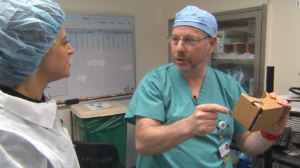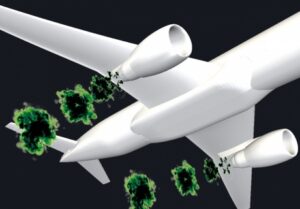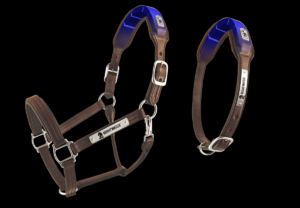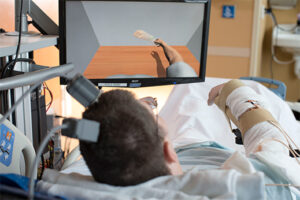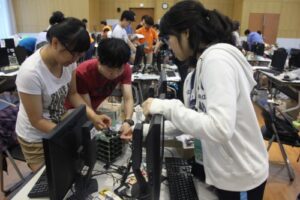
Chip Market Brightens in 2017
Wall Streeter predicts return to 5% growth A veteran Wall Street analyst projects the semiconductor industry will snap back to typical growth levels next year after a slight contraction this year. Other market watchers also see a better year ahead, but project a flat or slight uptick this year based


